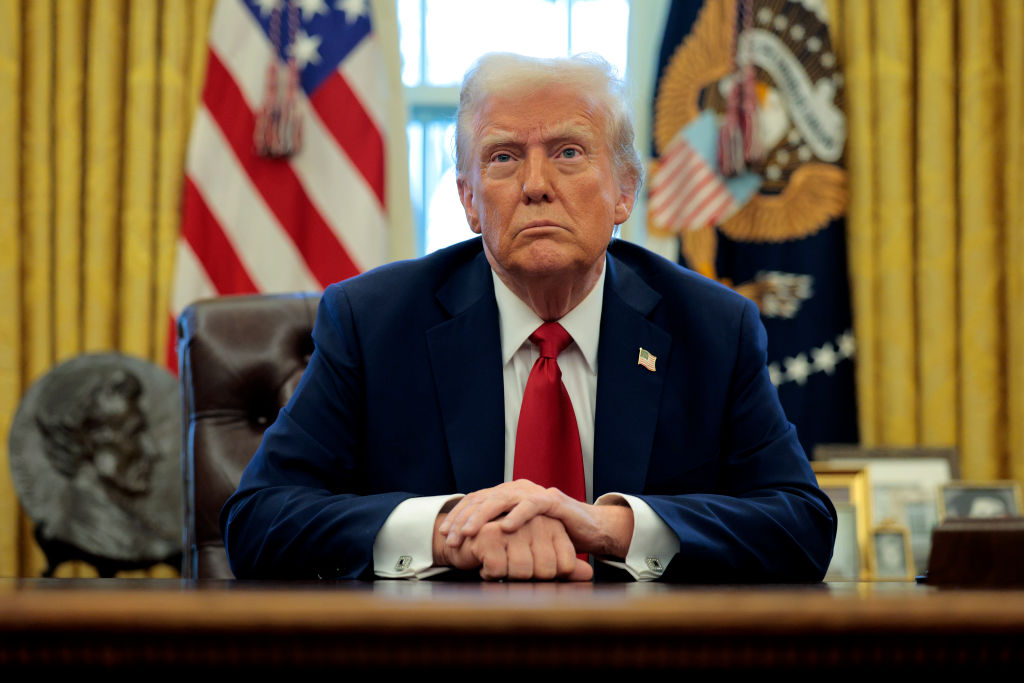President Donald Trump’s ‘America First’ foreign policy strategy, intended to protect American interests, has brought tariffs into the public spotlight. In February 2025, President Trump announced the imposition of a few key tariffs, including 25% tariffs on imports from Canada and Mexico and an additional 10% tariff on China. With the tariffs on Canada and Mexico postponed until March 6, the Chinese tariffs already underway and more to come on the Trump administration’s future plans, many Americans are concerned about what these tariffs may have in store for the nation.
Historically, U.S. presidents have used tariffs as tools for economic policy and negotiation. They allow nations to leverage their economic strength by raising the prices of foreign goods, which can prove to be a useful diplomatic tool. For example, during the early 20th century, President William Howard Taft implemented the Payne-Aldrich Tariff Act of 1909 aiming to reduce tariffs but ultimately facing criticism for insufficient reductions. Similarly, President Herbert Hoover signed the Smoot-Hawley Tariff Act in 1930, which raised U.S. tariffs on over 20,000 imported goods, leading to international retaliation and an exacerbation of the Great Depression.
In an effort to address the U.S. trade deficit and advance national interests like border security and domestic manufacturing, the current Trump administration introduced tariffs. While the taxes were initially considered in order to pressure Mexico and Canada on immigration and drug-trafficking issues, the tariffs were postponed following both countries reaffirming commitments to bolster border security. On the other hand, tariffs on China were implemented due to concerns of intellectual property theft and forced technology transfer, which the U.S. viewed as unfair business practices that undermined American businesses.
Many are now wondering what the consequences of the tariffs will be; concerns include increases in price from gas to eggs to foreign cars. These increases in costs stem from offsets by companies to consumers in an effort to maintain profitable margins.
“I definitely see common grocery items getting pretty overpriced, probably unaffordable for most families,” Lambert senior Rushil Kaza said. “I’d say many common fruits will probably be overpriced now.”
Lambert students aren’t alone in their worries about prices, as Kaza’s fear of higher prices is echoed by many Americans. According to a recent poll conducted by Ipsos, up to 66% of Americans expect the tariffs to raise prices on goods they often buy.
As concerns about the impact of tariffs on everyday goods continue to grow, it is important to think ahead.
“If I was a high school student thinking about tariffs…I would be aware it can impact what you’re going to buy,” Advanced Placement Macroeconomics teacher Catherine Arbeiter said. “But in the long run, things tend to work out and prices will adjust. Be aware as a consumer and try to determine what you’re gonna buy based on prices, because there’s usually a substitute that you could find.”
Though price increases caused by tariffs are a serious concern for many Americans, their effects will be likely manageable as prices are likely to stabilize. Consumers are not necessarily limited to tariff-imposed goods either, and tariffs may encourage consumers to buy American-made goods, further helping the economy overall.
While President Trump’s recent threat of tariffs may have been beneficial towards advancing U.S. interests and securing international agreements, these taxes may have deepened already tense relations with Canada, Mexico and China in particular. As trade negotiations continue, the long-term effects of these tariffs remain uncertain. Ultimately, the effectiveness of these tariffs will depend on how the global market responds and whether diplomatic efforts can ease tensions while maintaining economic stability.















